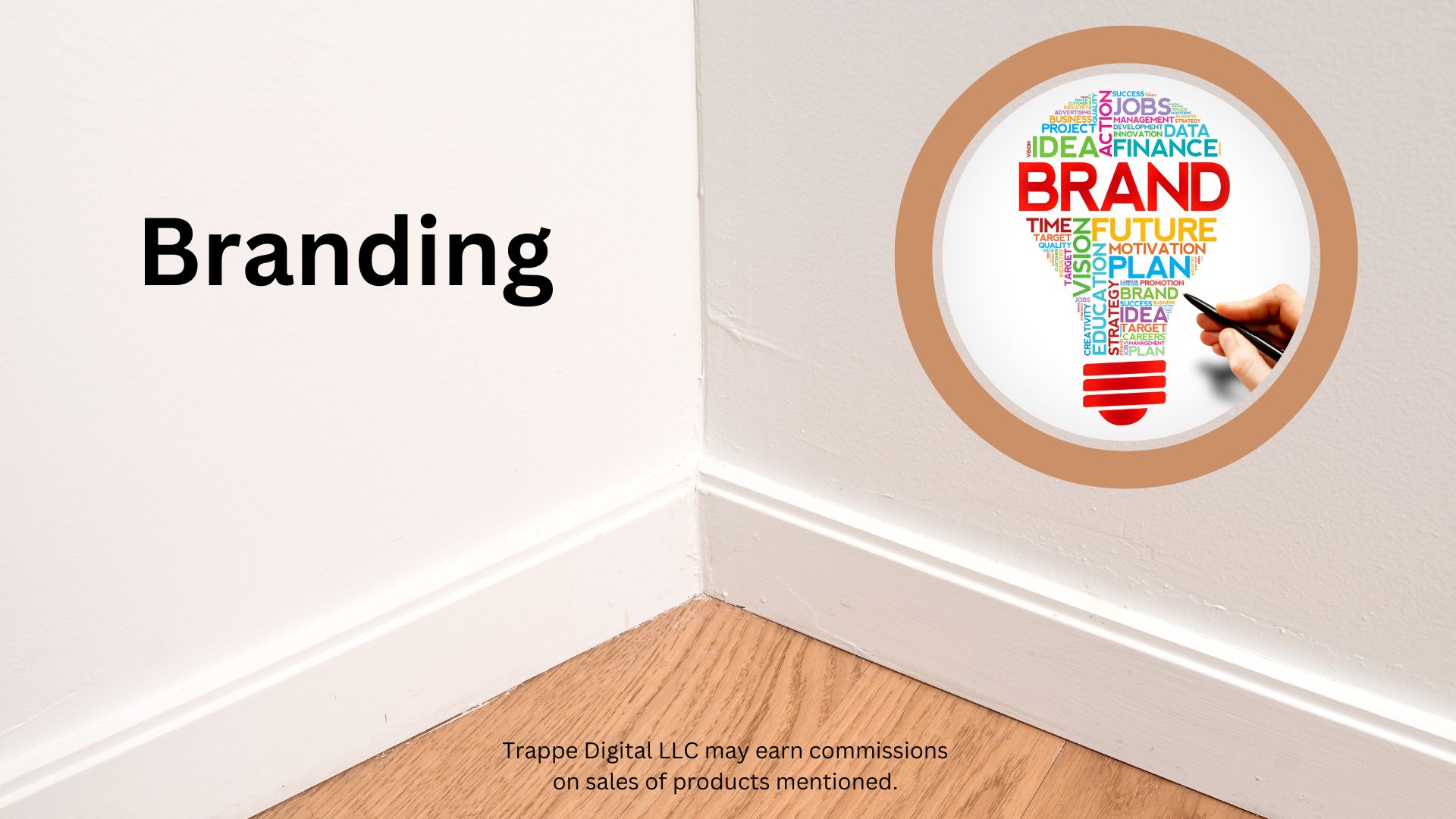Trappe Digital LLC may earn commissions from sponsored links and content. When you click and buy you also support us.
Brand names matter. How else would consumers talk about your brand, remember it or know what to google for when they need to buy something from you? So, with that, we need to get the name right. But choosing a brand name can be more complicated than it sounds.
Teams might try some of these traditional brainstorming sessions. “Think about it NOW! What ideas do you have?” Well, none. I have been thinking about it for three seconds.
“Just yelling out names can be hard,” said Rob Meyerson, author of “Brand Naming: The Complete Guide to Creating a Name for Your Company, Product, or Service.”
“Being put on the spot to be creative is hard.”
Instead, set the goal of what we are trying to accomplish with the name, what it stands for, and what it needs to reflect. Creativity is a process that also needs time for reflection.
The basics of how to choose a brand name
A few foundational things need to be considered when choosing a good brand name.
Clarity
Is the name clear? Does it make sense? Pizza Hut, for example, as a brand name is pretty straightforward. Hy-Vee Drugstore is, too – since it includes the descriptor of a drugstore, which I would think most people would take as there’s a pharmacy, groceries, and other smaller household-type items.
Legal availability
Is somebody else already using the name for their brand?
- Start with a Google search to see.
- Is the most-basic website address with the name already in use?
- Search the United States trademark and copyright database.
Remember that somebody can own the copyright or trademark to a brand name, even if you can’t find any use for it on Google. Sarah Santacroce shared her experience with that situation on this episode of the Business Storytelling Show.
Being memorable
The best brand names are memorable. Apple is easy to remember. So is AirPods. Longer brand names can be harder to recall. I find some acronyms hard to remember. But, yet, other acronyms – think NASA – are maybe easier to recollect.
How memorable a name is becomes especially clear when the name changes in a rebrand. I know of a few brands that changed their names, and people still often call them by their previous names.
Read next: The Importance of Brand Trust – Shattering the Competition
Different ways to think of how to choose a brand name
Rob, who also runs Heirloom – a branding agency, said there a few ways to think of brand names. They can be:
- Abstract – consider Apple, which doesn’t scream computers or iPhones on the surface. It certainly does now since it’s established.
- Acronyms. Some acronyms work well and are easily recognizable. Others aren’t.
- Descriptive. Pizza Hut tells you what you can expect, for example.
Consider what would work best for your brand. Each of these has its advantages and disadvantages, of course.
Some brand or company names are just family names, which is another strategy that I currently also subscribe to. I used to publish content on The Authentic Storytelling Project. That made sense a decade ago, but more recently, I switched back to just using my name, and now my blog is housed on ChristophTrappe.com, and I call it Christoph’s Content Corner.
Also, consider not using words that reflect on time and maybe even geography. For example, when I set up my YouTube channel many years ago, I called it CTrappeIowa. I mainly worked locally, and others were using the geographic tag with their names. It seemed to make sense but doesn’t anymore today. Most – close to all – content today has nothing to do with Iowa.
My limited liability corporation is called Trappe Digital LLC. Would I use the term digital if I’d set it up today? Maybe. Maybe not. Digital is pretty all-encompassing, but who knows how things will evolve. For example, if I called it Trappe Print and now want to do digital, that might create an issue.
Read next: Advice to new employees on marketing teams
The story behind a brand name
The name also needs to reflect a story, and the company needs to roll that story out in a unified way. For example, Voxpopme, the market research software platform where I work as director of content strategy, comes from a Latin phrase that means the people’s voice. That’s a significant part of the story from my perspective. The software gives consumers a way to get their voices heard in the board room.
Having a story doesn’t mean we only have a set of three approved talking points. But it does mean that we have a shared story that is believed across the team and that is easy enough to be shared by team members believably.
When this doesn’t happen, it can create issues for a brand. So, for example, we wouldn’t want employees running around saying things like, “Yea, that’s the new brand, and it supposedly means…”
At the end of the day, as Rob said, “language is powerful,” and we want to make sure to use that power to build our brands, to pick a name that supports the story and that employees and consumers can get behind.

